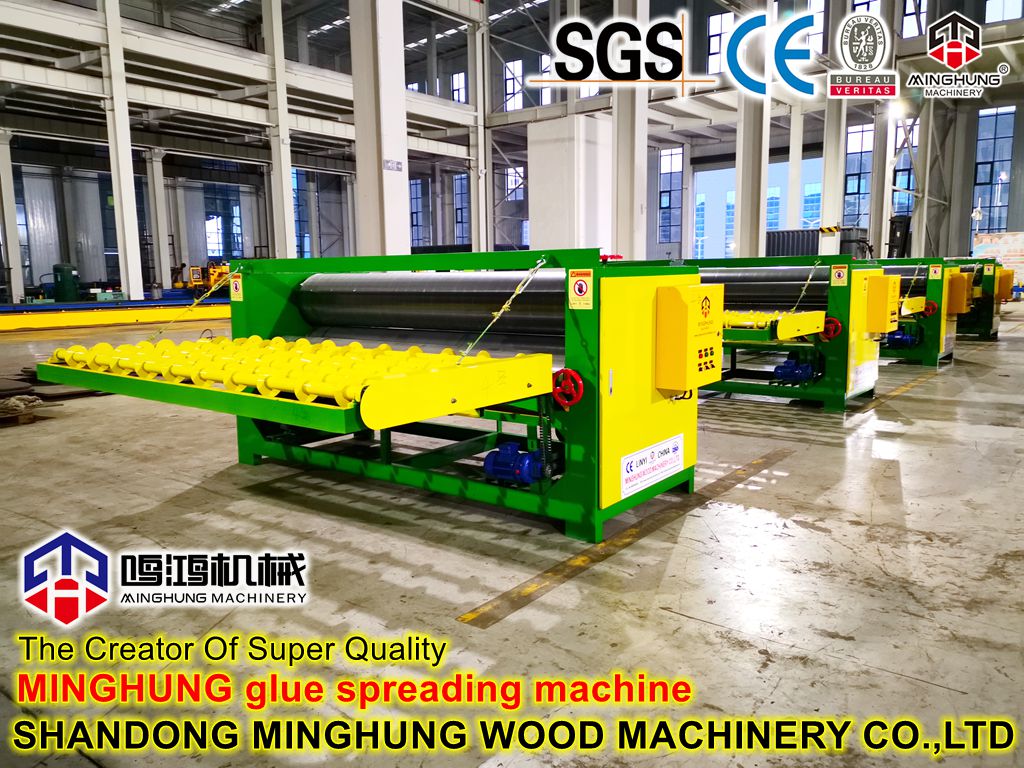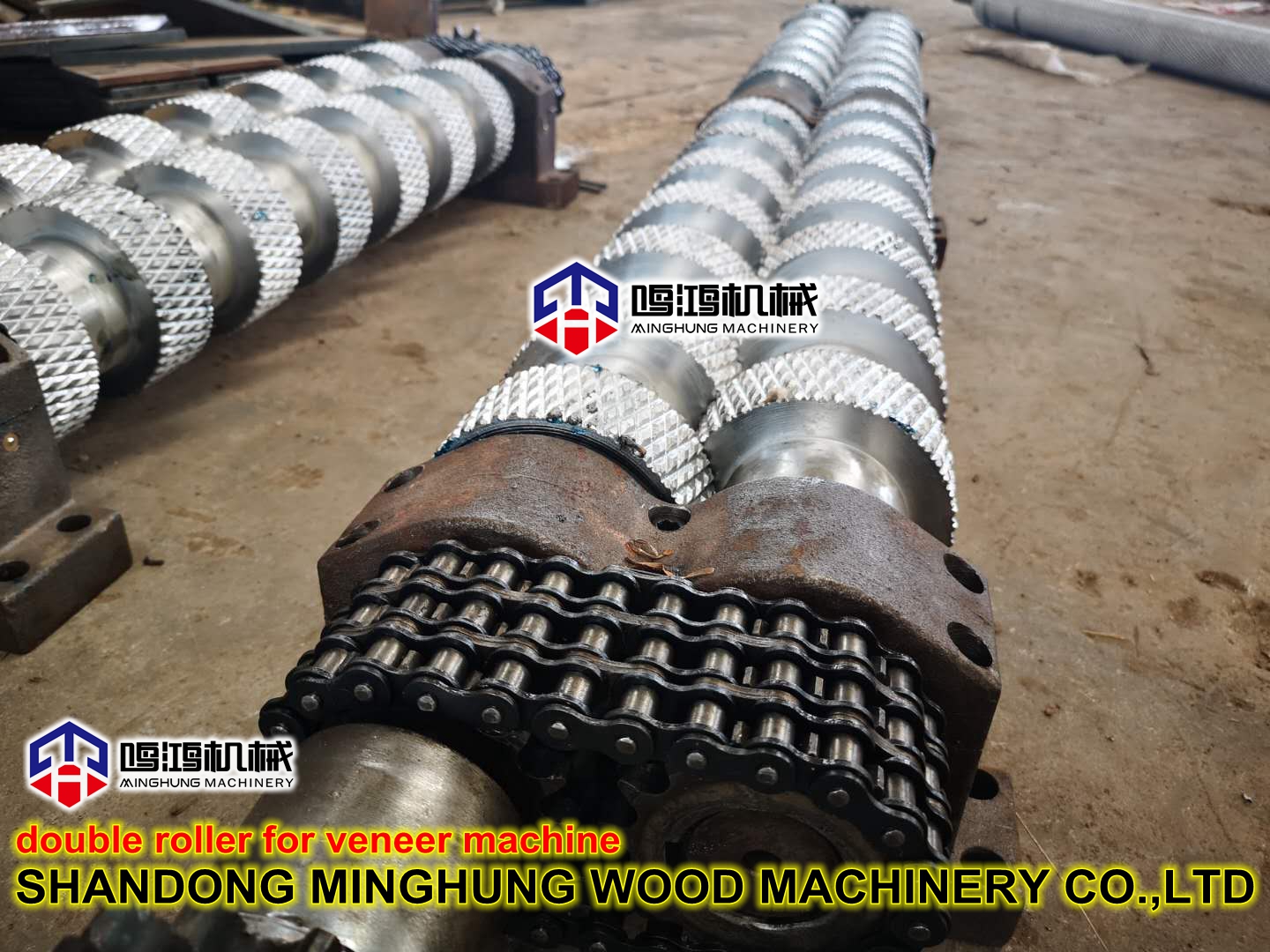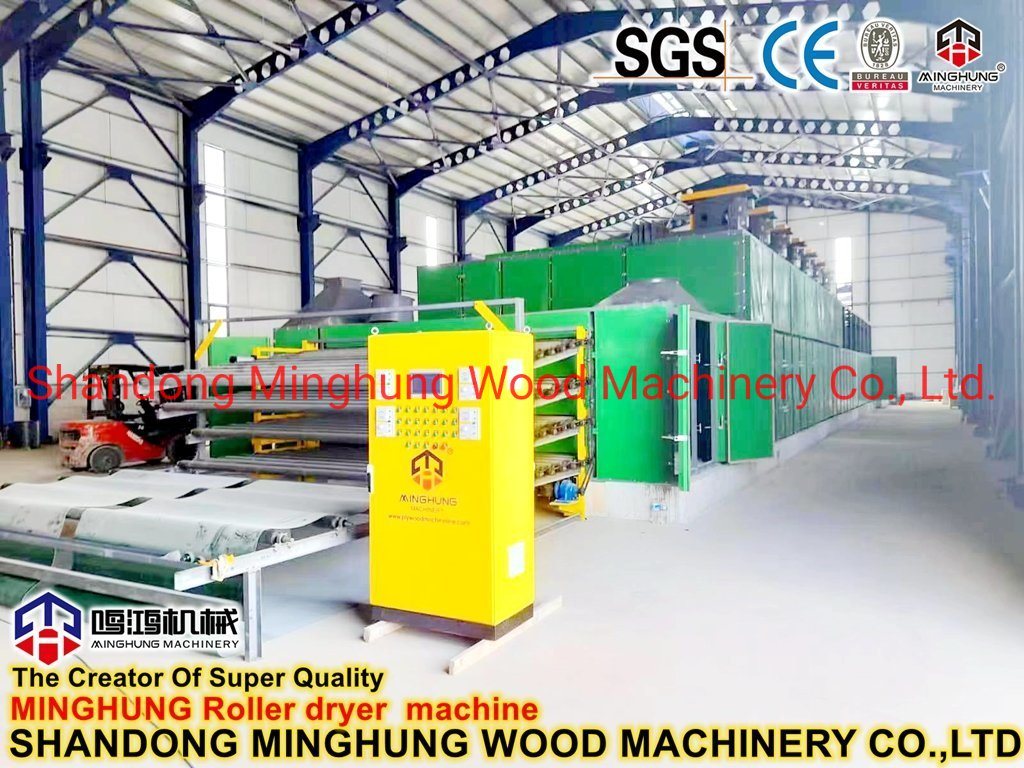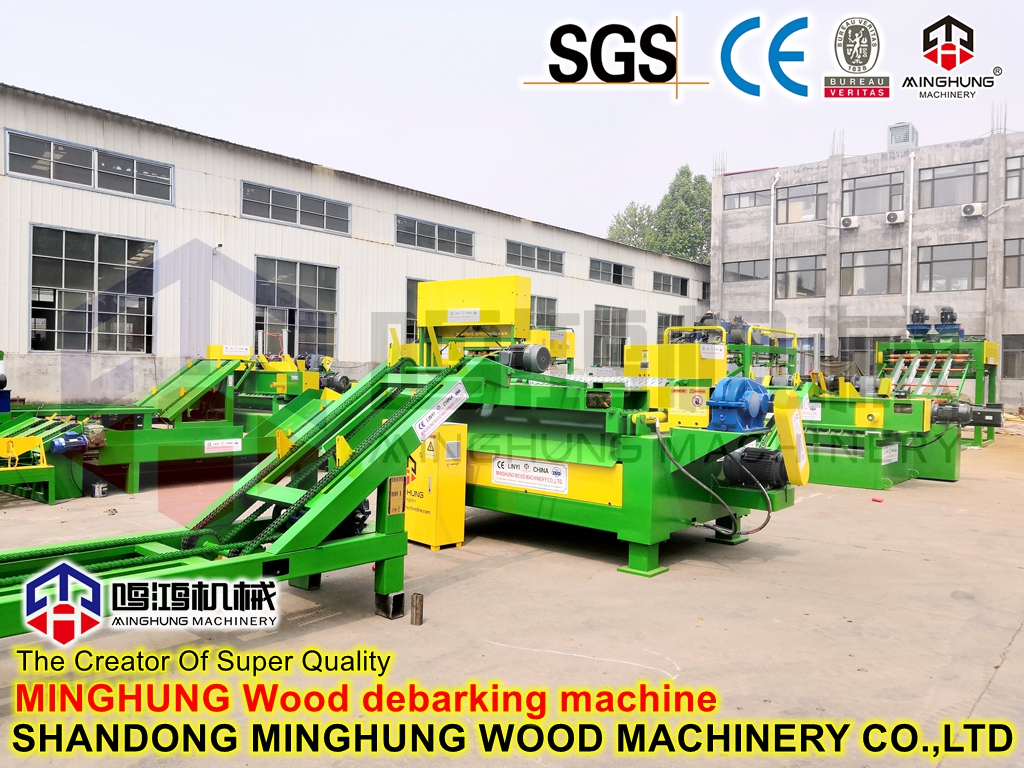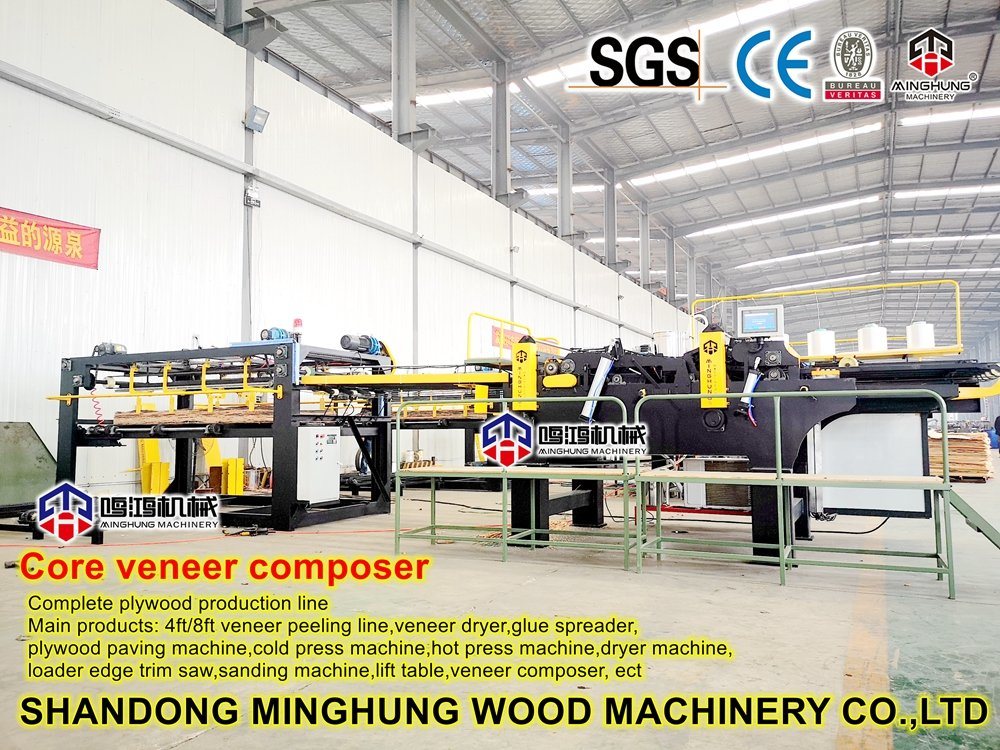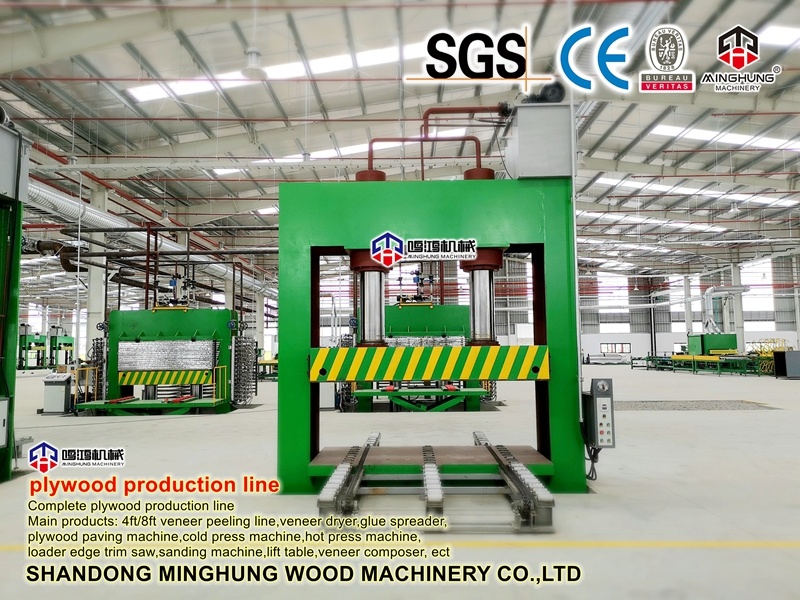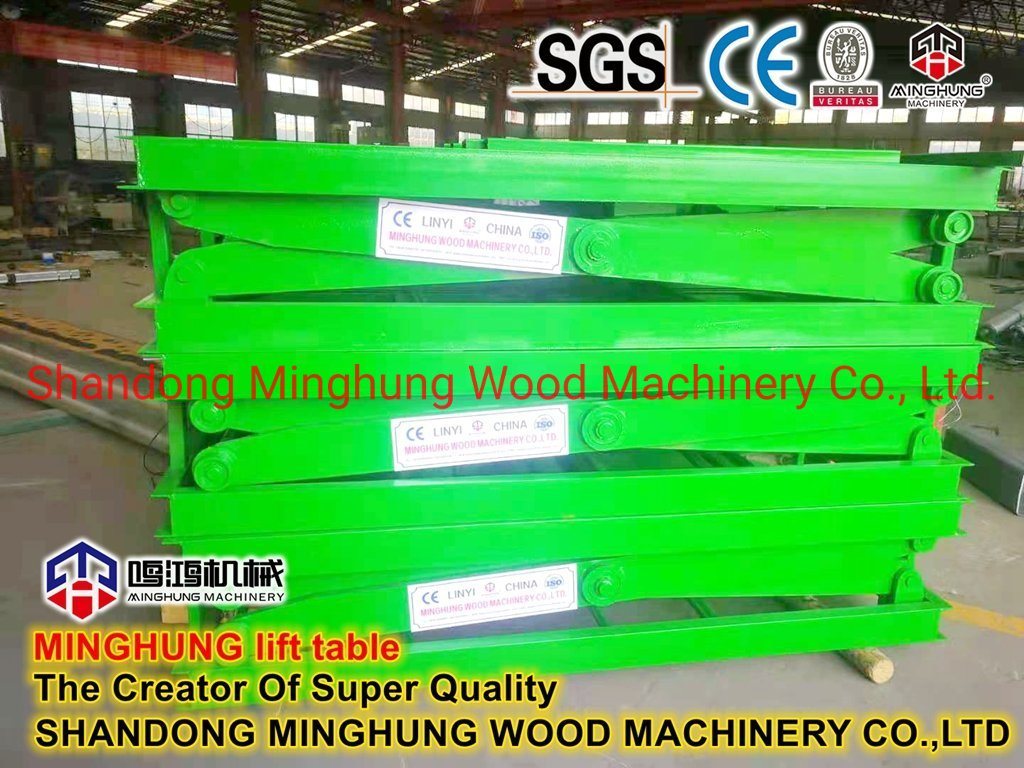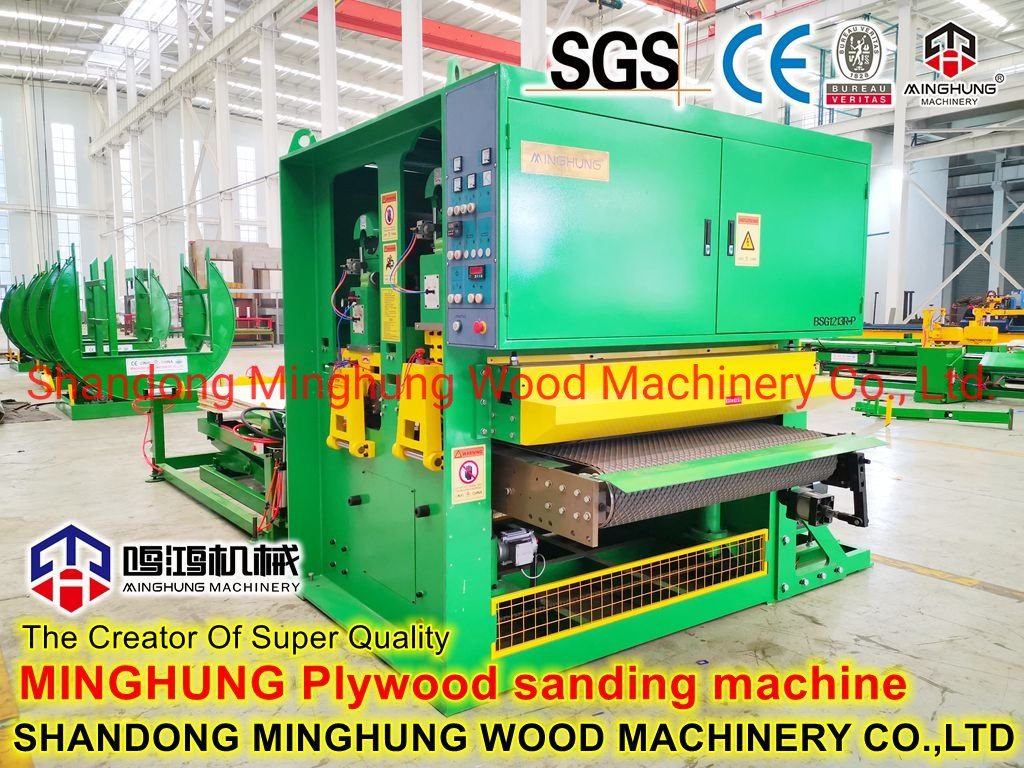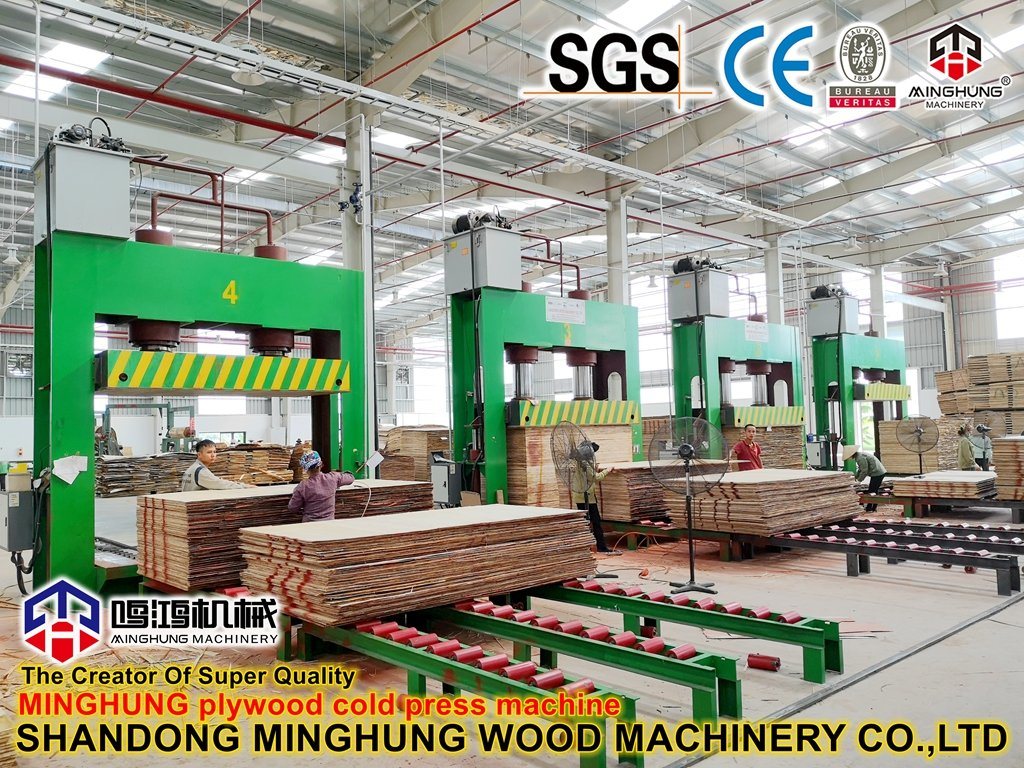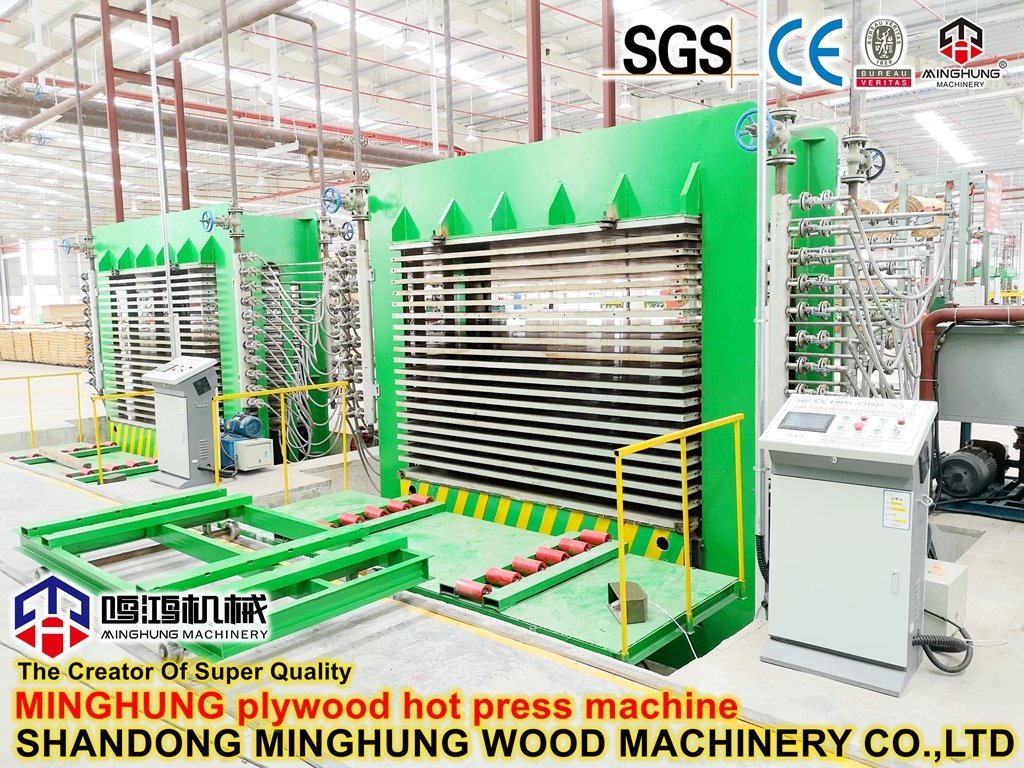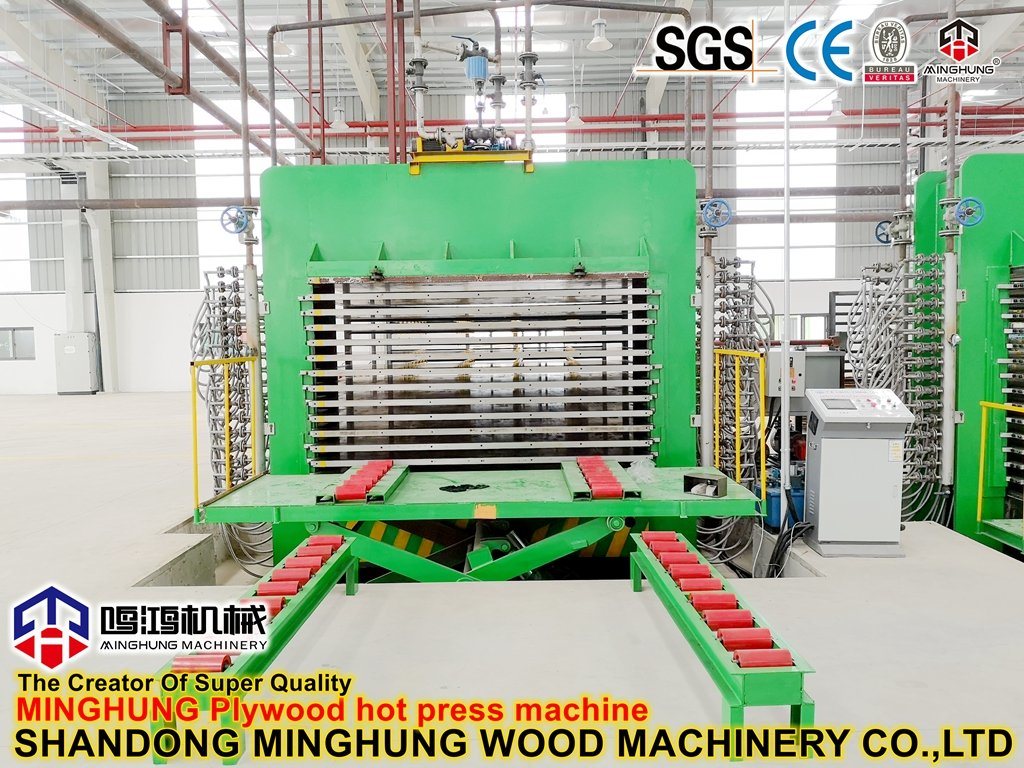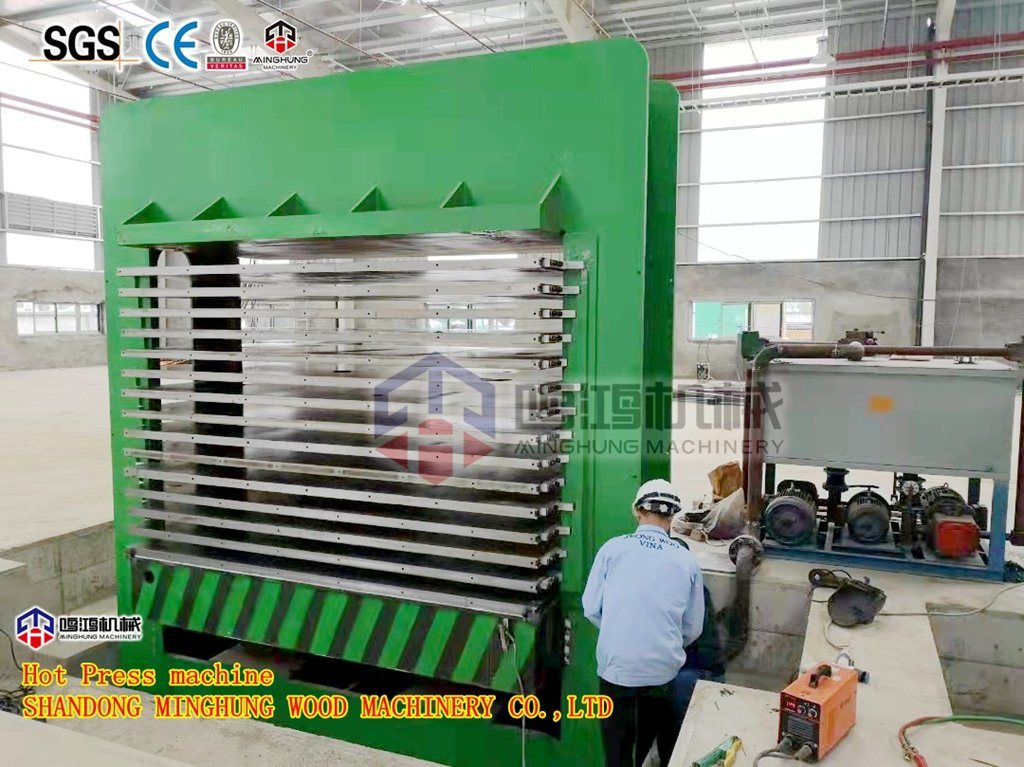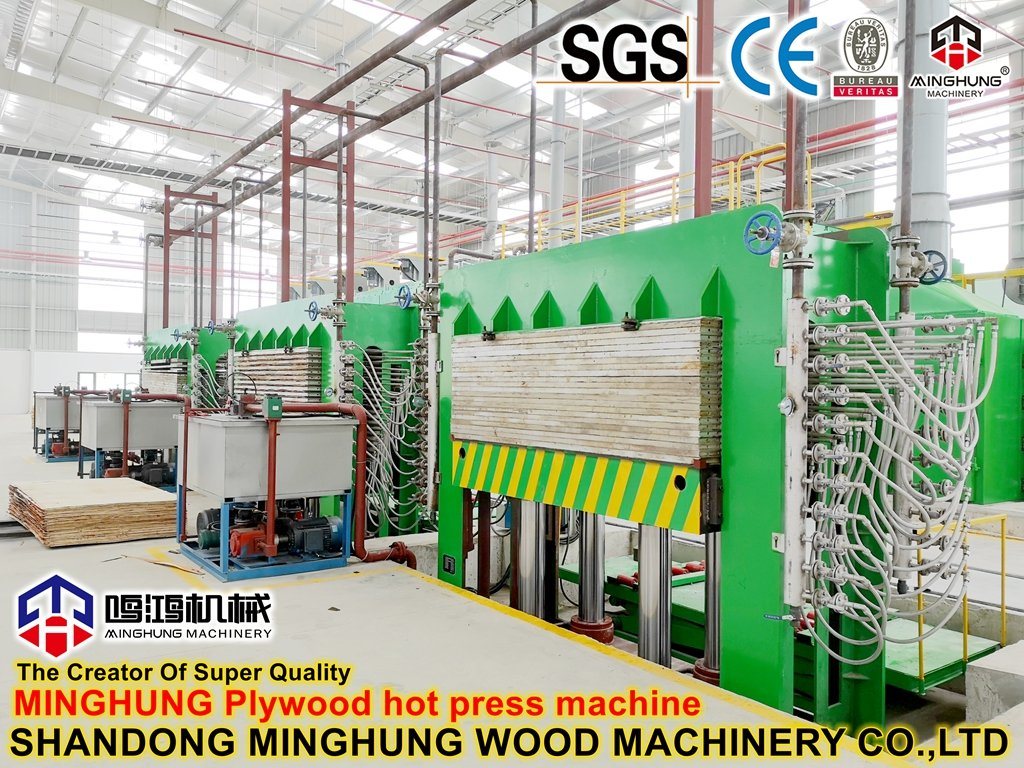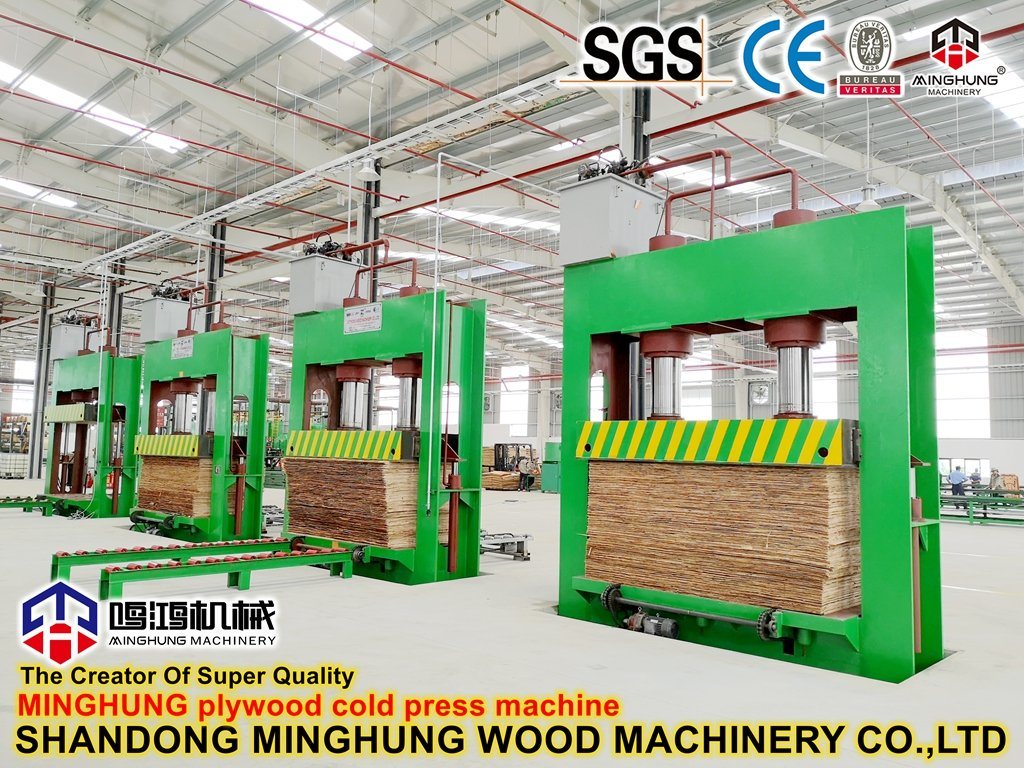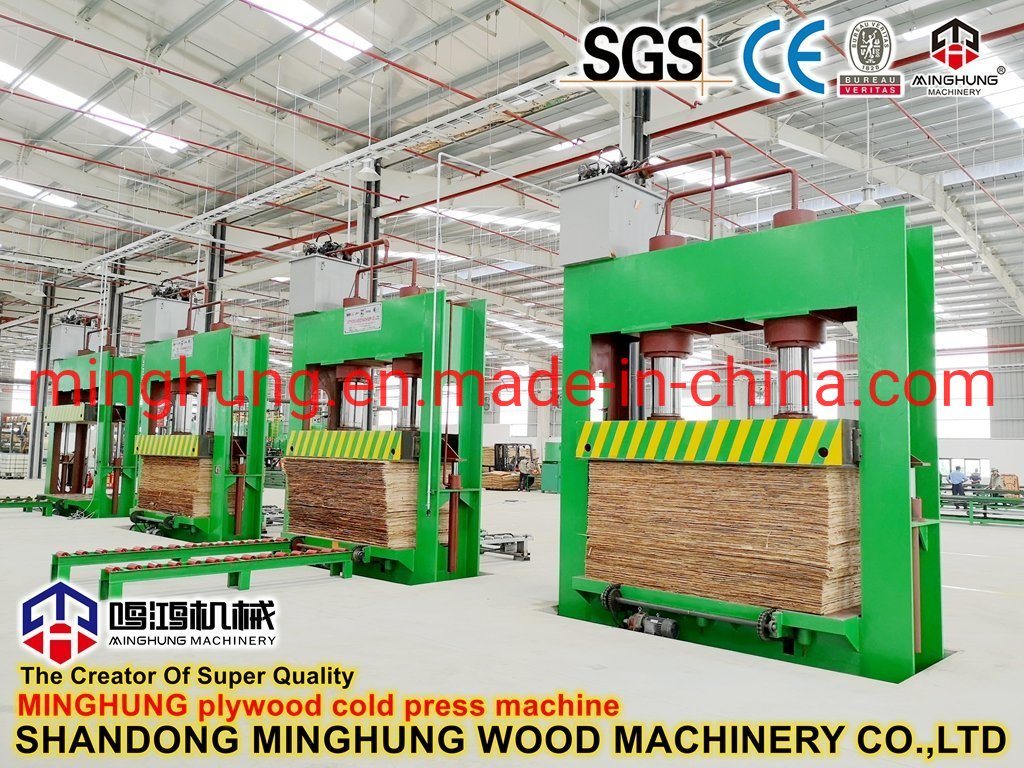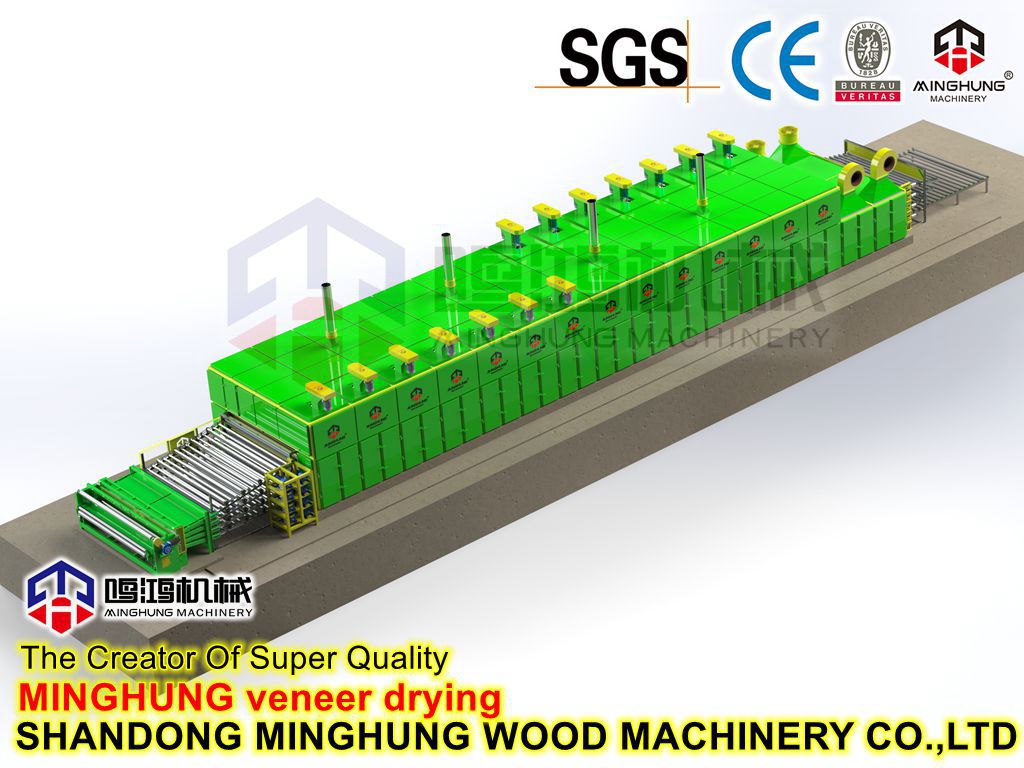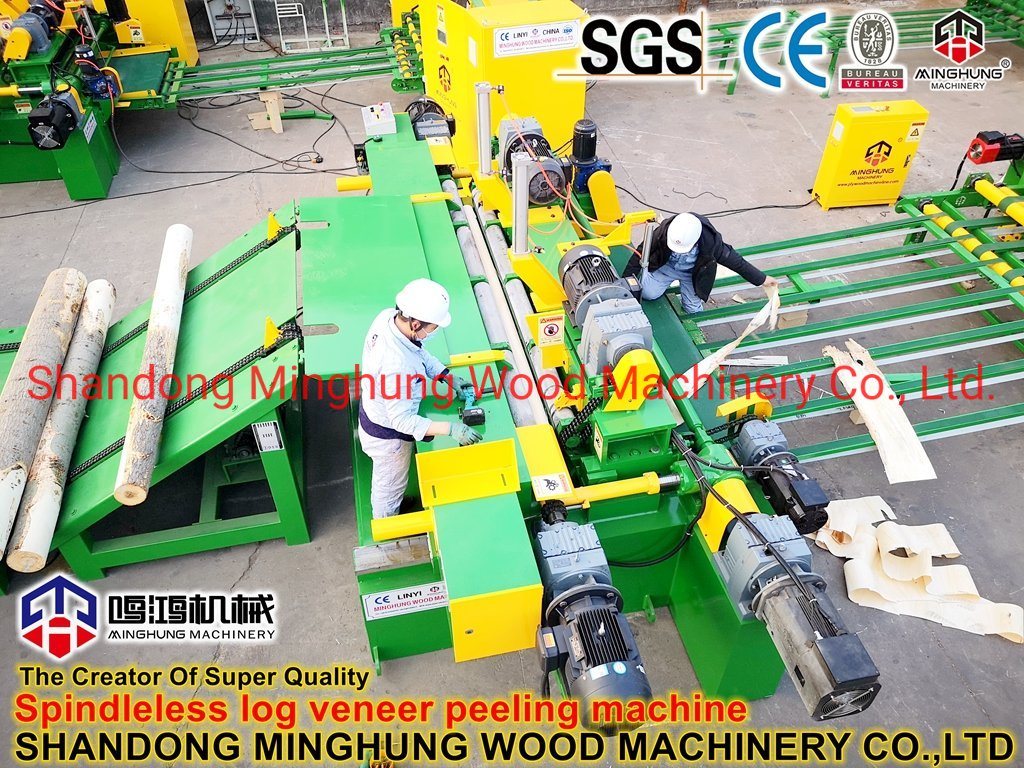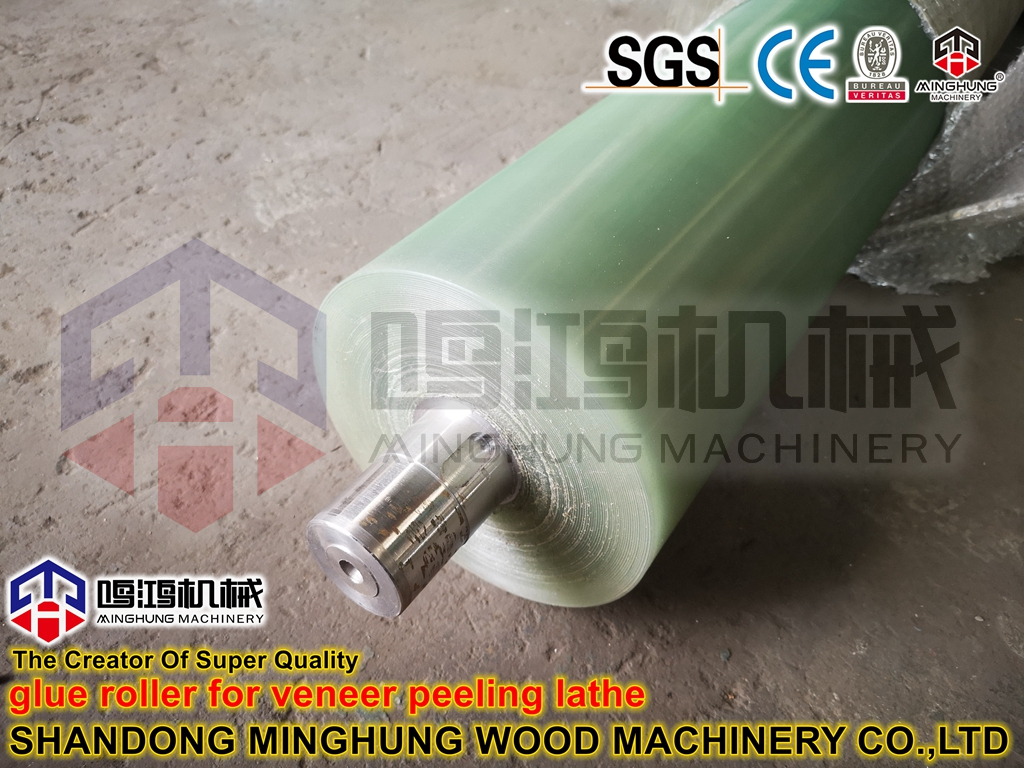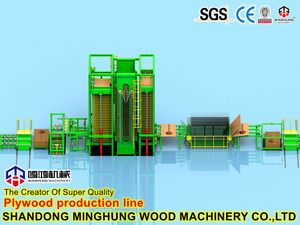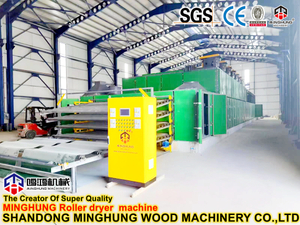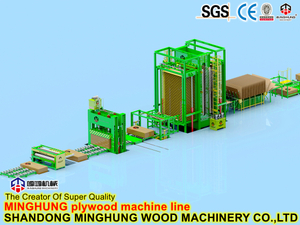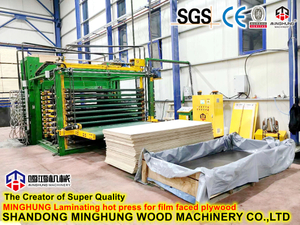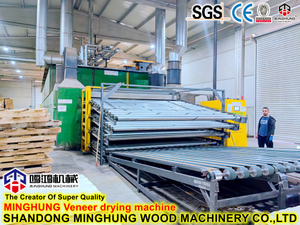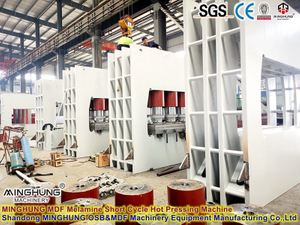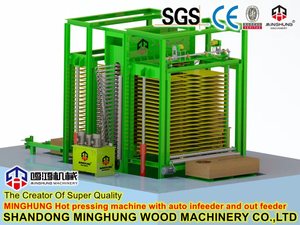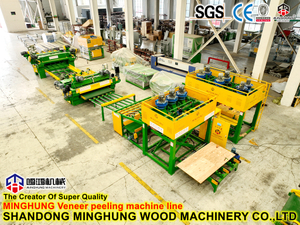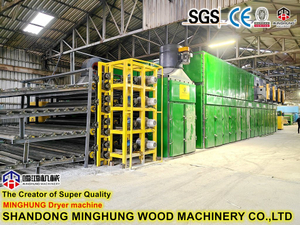Cots winding process
1. Overview:
1. Characteristics and types of polyurethane rubber rollers
Casting type polyurethane rubber roller is a type of rubber roller manufactured by pouring liquid polyurethane rubber. Compared with ordinary rubber rollers, it has higher mechanical strength, excellent wear resistance, outstanding compression resistance; a wide range of hardness, and still has high elasticity under high hardness; high surface finish; excellent machining performance; The adhesion to metal is also much higher than that of ordinary rubber, and it is more suitable for use under certain line speed and high pressure. Recently, the development of polyurethane rubber rollers is very fast, and a large number of ordinary rubber rollers used in the past have been replaced by new polyurethane rubber rollers. Cast polyurethane rubber rollers are generally divided into three types: polyester type, polyether type and polycaprolactone type. Generally speaking, polyester type is mostly used in rubber rollers with low and medium hardness. It has high physical and mechanical properties and good solvent resistance, and is often used in the non-ferrous metal industry. Polyether type is mostly used in high-speed, high-hardness rubber rollers. It has good water resistance, excellent low temperature resistance, and good process performance. It is often used to manufacture wire drawing rollers, printing rollers, etc. The polycaprolactone type has excellent comprehensive properties, low temperature resistance and hydrolysis resistance, and is often used as a press roll and a rubber roll with high requirements.
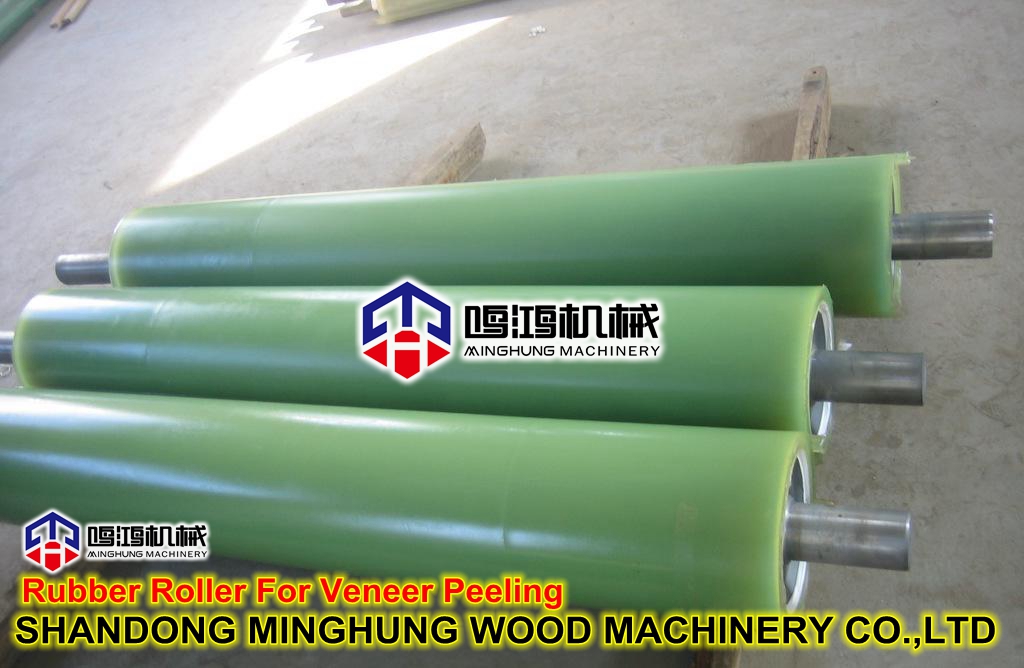
Polyurethane rubber roller, sizing machine rubber roller, steel industry polyurethane rubber roller, uncoiler rubber roller, flattening machine rubber roller, uncoiler support rubber sleeve, steel pickling line squeezing rubber roller, leveler rubber roller, tension roller , Support roller, steering roller, looper roller, pinch roller, polyurethane rubber sheet, PU board, PU rod, PU pipe, shot blasting machine rubber plate, crawler type shot blasting machine rubber plate, drum type shot blasting machine Rubber sheet, sandblasting machine rubber sheet and various stamping machine rubber sheet, cutting machine rubber sheet, aluminum plate aluminum foil strip cutting line rubber roller, PS plate production line rubber roller, stretch bending straightening machine rubber roller and steel coil support rubber sleeve, Galvanized line rubber roller, color coating line rubber roller, plastic machinery rubber roller, pelletizer rubber roller, tractor rubber roller, plastic pipe conveyor rubber roller, steel pipe drawing machine rubber roller, wood industry sanding machine rubber roller , Peeling machine rubber roller, cutting machine rubber roller, CNC cutting machine rubber roller, peeling machine rubber roller, guillotine rubber roller, hob guillotine rubber roller, peeling machine rubber roller, peeling rubber roller, Guillotine rubber rollers, guillotine rubber rollers, rotary rubber rollers, guillotine rubber rollers, panel integrated machine rubber rollers, panel machine rubber rollers, hob panel machine rubber rollers, CNC hob panel integrated machine rubber Rollers, glue rollers, UV roller coating machine rubber rollers, printing and dyeing rubber rollers, printing iron can industry rubber rollers, food industry corn peeler rubber rollers, grain processing rice milling machine polyurethane rubber rollers, guillotine rubber rollers, scraping Intestine machine rubber roller, mine belt conveyor polyurethane roller encapsulation, welding roller frame rubber wheel, welding roller frame rubber wheel, welding turnover table roller, welding turntable rubber wheel, sandblasting turnover table rubber wheel, sandblasting turntable roller, pressure vessel Welding turnover table roller encapsulation, wind power tower drum welding turntable rubber wheel, petroleum pipeline transmission line welding roller frame rubber wheel, boiler welding turntable roller, roller tank ear rubber wheel, monkey car rubber wheel, cart rubber wheel, pulley, ground Roll and process various polyurethane shaped parts customized according to customer requirements. The rubber rollers produced by our company are of good quality and low price. The hardness can be adjusted from 25 degrees to 98 degrees. The diameter can be processed between 35mm_1500mm and the length of 5000mm. The color can be made according to customer requirements. The rubber roller has no bubbles, no degumming, no blisters, etc. The product quality guarantee period is one year. All the rubber rollers produced by our company within one year of product quality problems will be replaced by the company free of charge

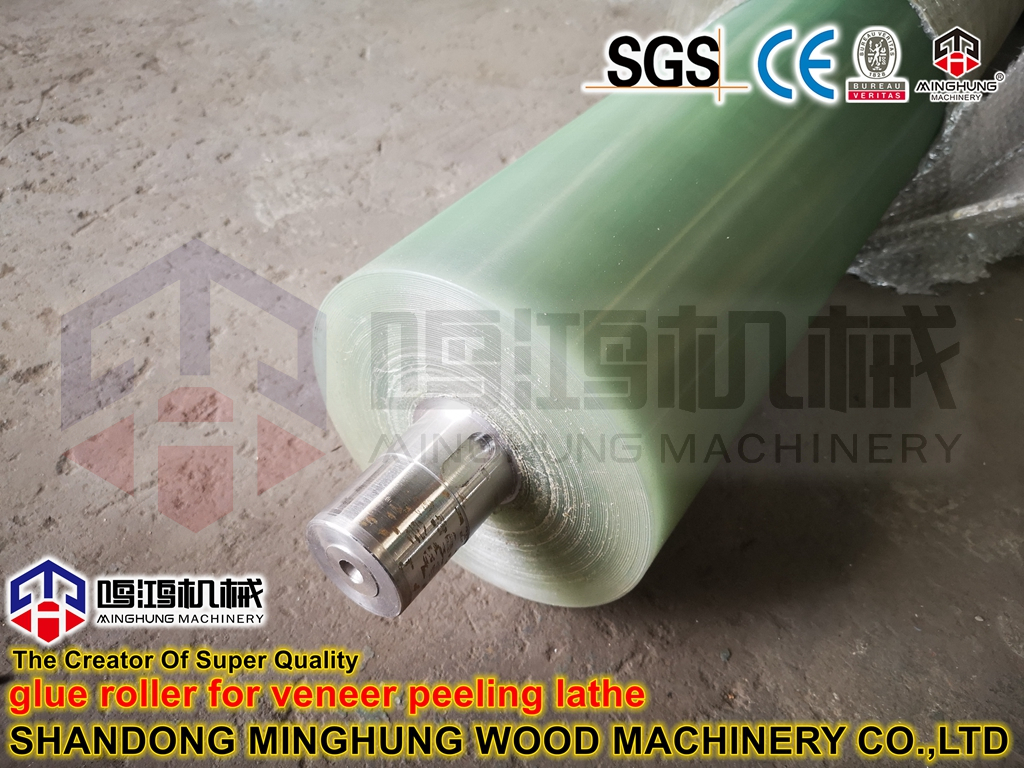
2. The basic requirements of rubber rollers for polyurethane materials:
(1) It must meet the physical and mechanical performance indicators required by various rubber rollers;
(2) It must have good adhesion with the roll core to meet the process requirements of bonding and molding;
(3) The hardness of the rubber roller should meet the requirements, and the hardness of the roller surface should be uniform;
(4) There are no bubbles, impurities and mechanical damage on the surface.
3. The main technical performance of the rubber roller
(1) Hardness: hardness reference value of various rubber rollers
(2) Surface requirements: according to the specific use, some require a smooth surface or special processing or treatment.
(3) Middle and high ratio: the difference between the diameter of the center part of the rubber roller and the diameter of the end edge. Its function is to make up for the deflection and deformation of the slender rubber roller during operation, and the mid-to-high rate of the rubber roller increases with the length of the rubber roller.
4. Metal roll core pretreatment:
(1) Carefully clean the surface of the roller core to remove oil stains, lubricants and organic substances generated by metal associations. The cleaning solution can be a common cleaning solvent or trichloroethylene.
(2) Carefully remove rust or oxide on the surface of the roller core. Commonly used sandblasting treatment: 80-100 mesh alumina abrasives are recommended for carbon steel roller cores; 140-320 mesh abrasives are recommended for wet sandblasting of aluminum roller cores. After sandblasting, the surface should be cleaned with a solvent. Remove residual dust. In order to obtain a good bonding effect, the carbon steel roller core should be bonded within 4 hours after sandblasting, and the aluminum roller core can be bonded within 72 hours after sandblasting.
(3) Carefully apply a suitable adhesive (such as NA-1, chcmlock-218, Thixon422, etc.), after applying the adhesive, the roller core should be dried in dry air for 20 minutes, and at 90±10 Treat at ℃ for 1 hour, and then proceed to CPU pouring operation.
Second, the production process of the rubber roller
Production Process
(1) Example of Prepolymer Preparation
① Dehydration of polyester polyol (in a dehydration kettle): polyester with Mn2000 (hydroxyl value 53-59, mgKOH/g, melting point 40-50°C) is heated and melted in a stainless steel or enamel kettle with stirring , dehydration temperature 100-140 ℃ (polyether 100-110 ℃), vacuum dehydration with residual pressure of 5mmHg for 30-60 minutes, so that the water content is less than 0.05% (dehydration can be observed from the sight glass). In order to fully degas the liquid in the tank, the stirring device can be turned on and off intermittently, and after a period of vacuuming, the heating of the reaction tank can be stopped to reduce the temperature of the material to 70-80 °C.
② Synthesis of prepolymers (carried out in a reaction kettle); the performance of the product depends on the raw materials used and their proportions and processing techniques. First select the appropriate raw materials according to the performance requirements, such as temperature, stress, contact medium and service life, and then select the appropriate ratio and process conditions according to the required hardness (such as mixing temperature, pouring and demoulding time, and vulcanization conditions, etc.) . In order to ensure the quality of the prepolymer, polyester dehydration and prepolymer synthesis are preferably not carried out in the same kettle, and the prepolymer synthesis reaction is carried out under the protection of dry nitrogen. In order to prevent violent reaction and rapid temperature rise, a cooling device must be provided. Suggested feeding sequence: add TDI first and then add polyester. If the reaction is severe, polyester can be added in stages to make the reaction process stable and the reaction temperature easy to control. The synthesized prepolymer has a lower content of free isocyanate monomers and a more regular structure. . Keep it at 80±5°C, react for 1-2 hours, and analyze the isocyanate group content. Prepolymers of domestic and foreign brands that meet the requirements can also be purchased under possible conditions.
③ Degassing of the prepolymer; degassing for 30-60 minutes at 85±5℃ and residual pressure of 5mmHg.
(2) Pouring machine pouring:
① Technical key: The casting machine is the key equipment in the production of casting polyurethane elastomer (CPU). Its main technical requirements are as follows:
a. Accurate proportioning and stable measurement: high-precision metering pump with temperature and pressure resistance and precision transmission, adjustment and display devices are used, and its measurement accuracy is ≤0.5%.
b. The mixing is uniform and no air bubbles are generated. The special structure of the high-speed mixing head is adopted. When the viscosity and ratio of the two components of the stock solution are very different, the mixing can be ensured evenly, so that the products produced are macroscopically free of air bubbles, and the adjustment is flexible and operation. convenient.
c. The temperature is stable and accurate: the temperature change of the stock solution will affect the viscosity, pressure, measurement accuracy and mixing ratio of the stock solution, making the product quality unstable. In particular, the B component (MOCA) is solid at room temperature. If the material temperature is too low, it will die and cannot be operated. If the material temperature is too high, it will easily change color and affect the quality of the product. The commonly used electric heating heat transfer oil circulation system, heating the raw liquid, metering pump and pouring head, is automatically controlled by an intelligent time proportional digital temperature controller.
② Pouring process: Add MOCA (melting temperature>110℃) to the B material tank to start the heating system of each component, so that A and B materials reach the required temperature and circulate respectively. If necessary, the A material can be vacuum degassed first. To achieve no bubbles in the prepolymer, adjust the rotation speed and displacement of the metering pump according to the formula requirements, so that the A and B materials can reach the required mixing ratio. Activate the pouring button, then materials A and B will be mixed evenly in the mixing chamber of the pouring head through high-speed mixing. When the discharged mixture does not contain bubbles in the transparent hose, it can be poured into the mold (mold and roller core has been preconditioned and preheated to 80-110°C). When the time interval between the two pours is long (more than 1/2 of the life of the kettle), the mixing chamber should be cleaned automatically with a cleaning agent (dichloromethane or trichloroethylene) (automatically controlled by a computer program controller). When the pouring stops, the A and B stock solutions will automatically switch to their respective circulation states and return to their respective tanks.
(3) Maturation and post-processing:
① Molding vulcanization (model vulcanization), the rubber roller is vulcanized in the mold before demoulding, and its temperature can be selected as high as possible on the premise that its chemical structure is not damaged, in order to speed up the chain extension and crosslinking reaction, shorten the release Mold time, improve mold and equipment utilization, often 100-200 ℃, 60-120min is appropriate.
② Post-vulcanization: refers to the process of continuing heating and vulcanization after the rubber roller is demolded. The temperature is slightly lower than that of molding and vulcanization.
③ Surface reprocessing: Turning or grinding on processing equipment as required.
(4) Points to note:
① The mold structure is reasonable, the assembly is safe, and the parting surface does not leak glue or air leaks.
② The temperature is balanced, and the temperature of the mold, the roller core and the rubber compound is basically the same, and the temperature of each part of the mold is basically the same.
③ The pouring point of the rubber compound can be at the core of the roll or the edge of the mold, and it should be kept fixed so as not to generate air bubbles.
4. Before the rubber roller reaches the demoulding strength, do not move the mold casually to prevent cracking.
⑤ When assembling the mold and the roller core, special attention should be paid to prevent the roller core coated with adhesive from touching the inner wall of the mold, which will affect the bonding quality of the rubber roller. That is, no clay binder is allowed on the mold, and no mold release agent is stuck on the roll core.
6. After the vulcanized rubber roller, after reaching the required strength, mechanical finishing such as surface cutting and polishing is performed to ensure the roughness of the roller surface and the concentricity of the roller shaft.
(5) Basic requirements for CPU product molds:
①Material: The selection should be focused on: sufficient strength; sufficient heat resistance and dimensional stability; durability that meets the requirements of service life; low manufacturing cost. When mass production considers durability, metal materials are commonly used, and non-metallic molds such as epoxy resin are commonly used for single-piece or trial products. If pressure clamping is used, metal molds are used.
② Structure: In addition to ensuring the geometric shape and size of the product, attention should also be paid to the pouring position, parting surface and exhaust, so as to achieve: a. Facilitate the pouring and demoulding of the product; b. Ensure the quality of the working surface of the product; c. It is convenient to discharge the gas in the cavity; d. It is convenient for the manufacture and machining of the mold and reduces the cost of the mold.
(6) The main factors affecting the performance of polyurethane rubber rollers:
① The main factor of the molecular weight of polyol on the performance of the rubber roller: The size of the molecular weight determines the density of the characteristic groups in the polyurethane elastomer: the polyester type increases with the molecular weight, the physical properties can be improved; and the polyether type increases with the molecular weight, the Its flexibility is improved, and the tensile strength and modulus will decrease. Generally, the molecular weight of polyol should be controlled between 1100-2200.
② Influence of the percentage content of prepolymer isocyanate groups (NCO): With the increase of NCO, the hardness, tear resistance, tensile strength and tensile strength increase, and the viscosity of the prepolymer decreases, which is easy to degas and mix, and the elongation If the NCO is too high, the curing speed of the rubber compound will be too fast (9 the life of the kettle will be shortened), which is extremely unfavorable for the casting process. Therefore, the NCO% is generally 2.4-6.5%. NCO% MOCA dosage 2.9 8.3 4.2 12 5.1 14.5 6.0 17.1 7.1 20 Hardness Shore A 8.3 90 95 96 Shore B 44 50 60 78
③ Influence of chain extension coefficient: The equivalent ratio of amine solid agent (MOCA) to NCO in the prepolymer (NH2/NCO) has a significant influence on the physical properties of the compound, generally 0.85-0.95% is appropriate. For the MOCA cross-linking system, a slight excess of NCO should generally be maintained, so that the elastomer product has a suitable degree of cross-linking. When the chain extension coefficient is 0.88, the chemical cross-linking and physical cross-linking reach a good balance, and the overall performance of the elastomer is the best. Good: When it reaches 1 or more, due to the plasticizing effect of MOCA, and the weakening of chemical cross-linking and hydrogen chain, the strength is obviously reduced, and the permanent deformation is large. (So practical is insurance, so the chain expansion system often takes 0.85).
Influence of mixing temperature: Due to the different types of prepolymers and chain extension, the process conditions (mixing temperature) are also different. The mixing temperature increases the life of the kettle and shortens the gel time. Too low mixing temperature is not suitable for solid chain extenders. Allowed, although it is beneficial to prolong the life of the kettle and improve the physical properties, it is easy to degas and mix uniformly (because the viscosity increases), so that the chain extender does not precipitate in the prepolymer. For example, MOCA is 110-120 ℃ is appropriate. Life in the kettle: When the two liquid raw materials of the CPU are mixed and met, a reaction will occur - chain extension and polymerization - the mixture will gradually lose its fluidity. Usually, the two raw materials start from mixing until the mixture basically loses flow. This period of time is called the life of the kettle.
3. Main equipment:
1. Reactor: used for polyol dehydration and prepolymer synthesis and defoaming. The three-layer structure reactor with stainless steel inner tank, additional thermal jacket and outer polyurethane rigid foam insulation layer can be used, with anchor stirring, electric heating heat conduction oil circulation and temperature control system, vacuum buffer tank and vacuum pump system. The kettle should be equipped with process pipe holes such as feeding, discharging, observation, temperature measurement, pressure measurement and vacuum, safe venting and vacuuming, and its volume depends on the required output. The commonly used vacuum pump is a two-stage rotary vane type. The gas volume is 8 or 15 liters/sec.
2. Pouring machine: Because the CPU has the characteristics of short life in the kettle, fast gel speed, and large amount of glue for a single piece, in order to produce high-quality rubber rollers, it must be produced by a pouring machine. Features of CPU20F series high temperature polyurethane elastomer casting machine:
(1) The raw material circulation method of each system:
① The raw material is circulated by the full flow of the material tank - metering pump - pouring head switching valve - raw material tank, which can ensure uniform material temperature and stable flow.
② The material tank can be filled with dry chlorine gas to prevent the mixing of water and the deterioration of the original liquid. The raw liquid circulation return port is set at the bottom of the material tank, which will not bring in air bubbles.
③ Through the balance cycle - the discharge pressure (with a reliable throttling and precise pressure regulating device), the accuracy of the mixing ratio and the stable discharge volume are improved.
(2) Adopt high-precision measurement system:
① The low-speed precision metering pump with temperature resistance, pressure resistance and high hardness is adopted, and the flow rate is accurate and stable.
②Adopt high-precision imported frequency conversion speed control device to adjust the mixing ratio and flow, which is flexible, convenient and safe.
③ Due to the large speed adjustment range, the required accuracy can be guaranteed even when the spit volume is small or the viscosity is low.
(3) Pouring head with high efficiency and advanced structure
① When the original solution of each component is switched from circulation to spit out, it is synchronized quickly, and there will be no lead or lag phenomenon.
② ② Equipped with high-precision throttling and return adjustment devices, which can balance the circulation and discharge pressure, improve the accuracy of the mixing ratio, and ensure the quality of the products.
③ Using a special and proven mixing head, the two-component stock solution with great difference in viscosity and disparity in mixing ratio is mixed evenly in a very short time, and no bubbles are generated. It can quickly remove the air in the mixing chamber, so the initial loss of mixed liquid is less.
4. The specially designed rotary shaft seal device is used to ensure that the material is not poured, ensuring reliable lubrication and easy replacement.
5. The switching valve is sealed with precision-machined PTFE, which is easy to adjust and has no thermal deformation.
6. The special pneumatic cleaning switch makes the cleaning liquid and compressed air used for cleaning the mixing chamber spit out through the material spit orifice, so it will never be blocked and the mixture will not flow back.
(4) Advanced, reliable and stable control and electrical system:
① Using computer program controller to control pouring and automatic cleaning, simple operation, convenient maintenance, clear lines and low failure rate.
② Using intelligent time proportional digital temperature controller and platinum resistance to control the temperature of material A; material A medium; material B stock solution; material B medium; B metering pump and pouring head temperature, intuitive, easy to control and adjust .
③ Digital display of raw liquid pressure, (overpressure alarm) flow and mixing head speed can be digitally displayed.
3. Mold and roller core heating device: Refer to the size of the mold and the roller core, and design a corresponding heating device. It should be heated to 90±10℃. Far-infrared electric heaters with temperature control and display are often used.

